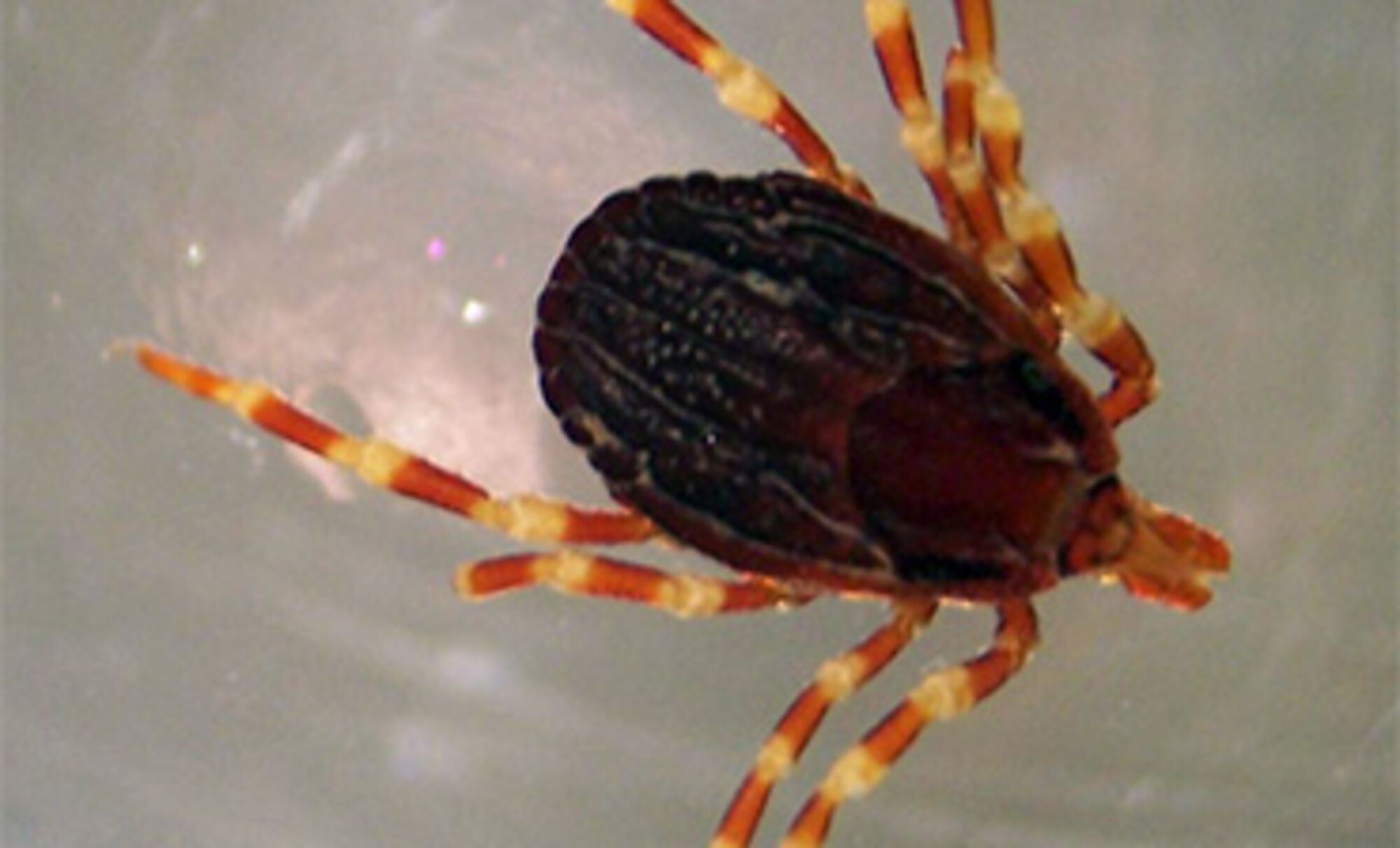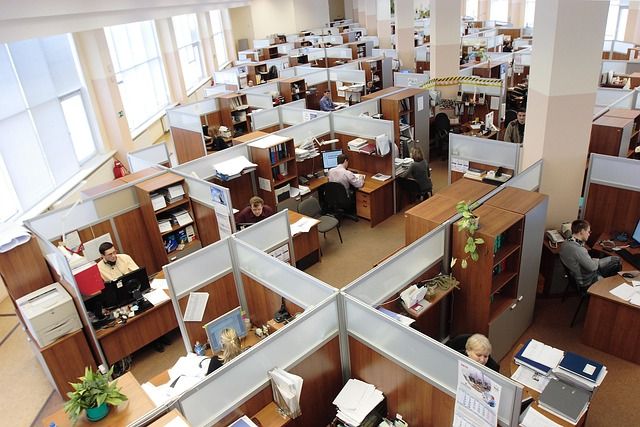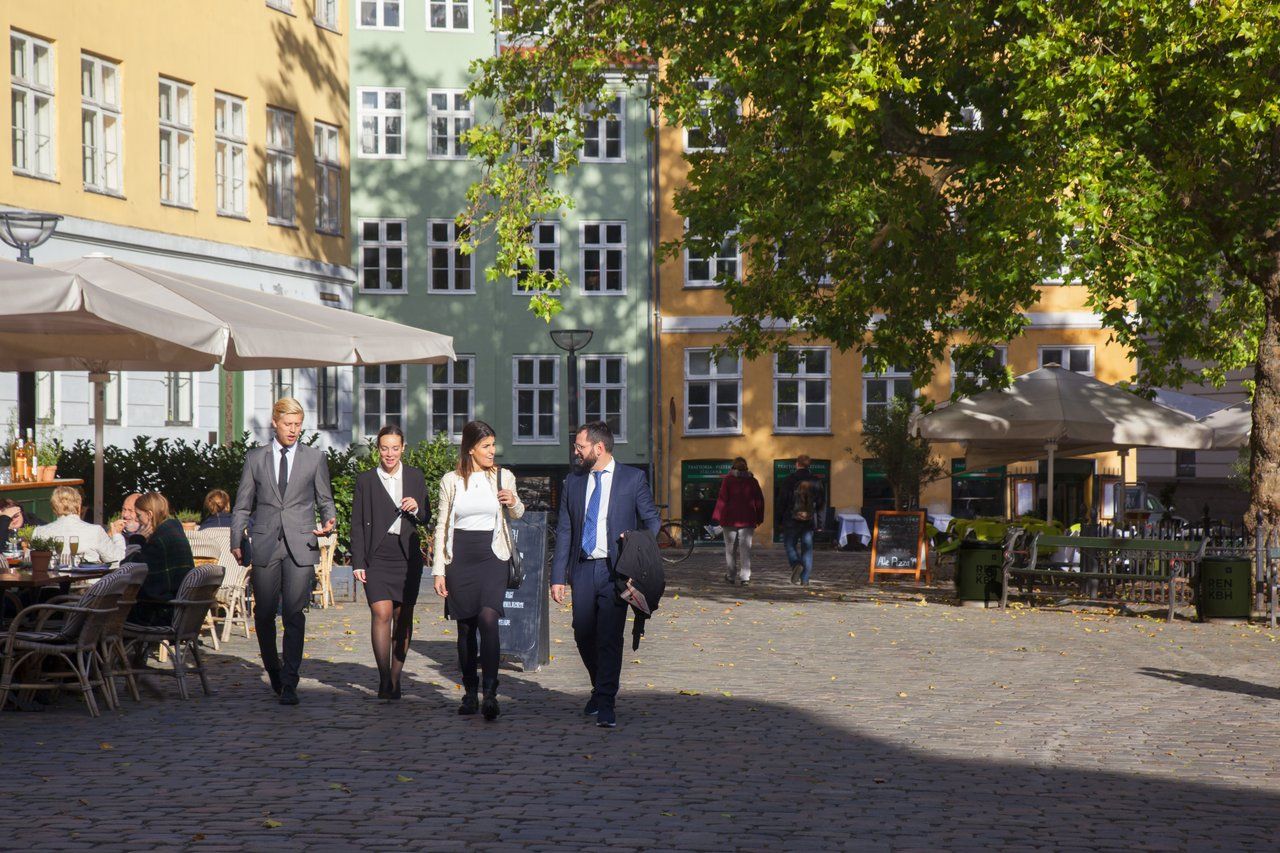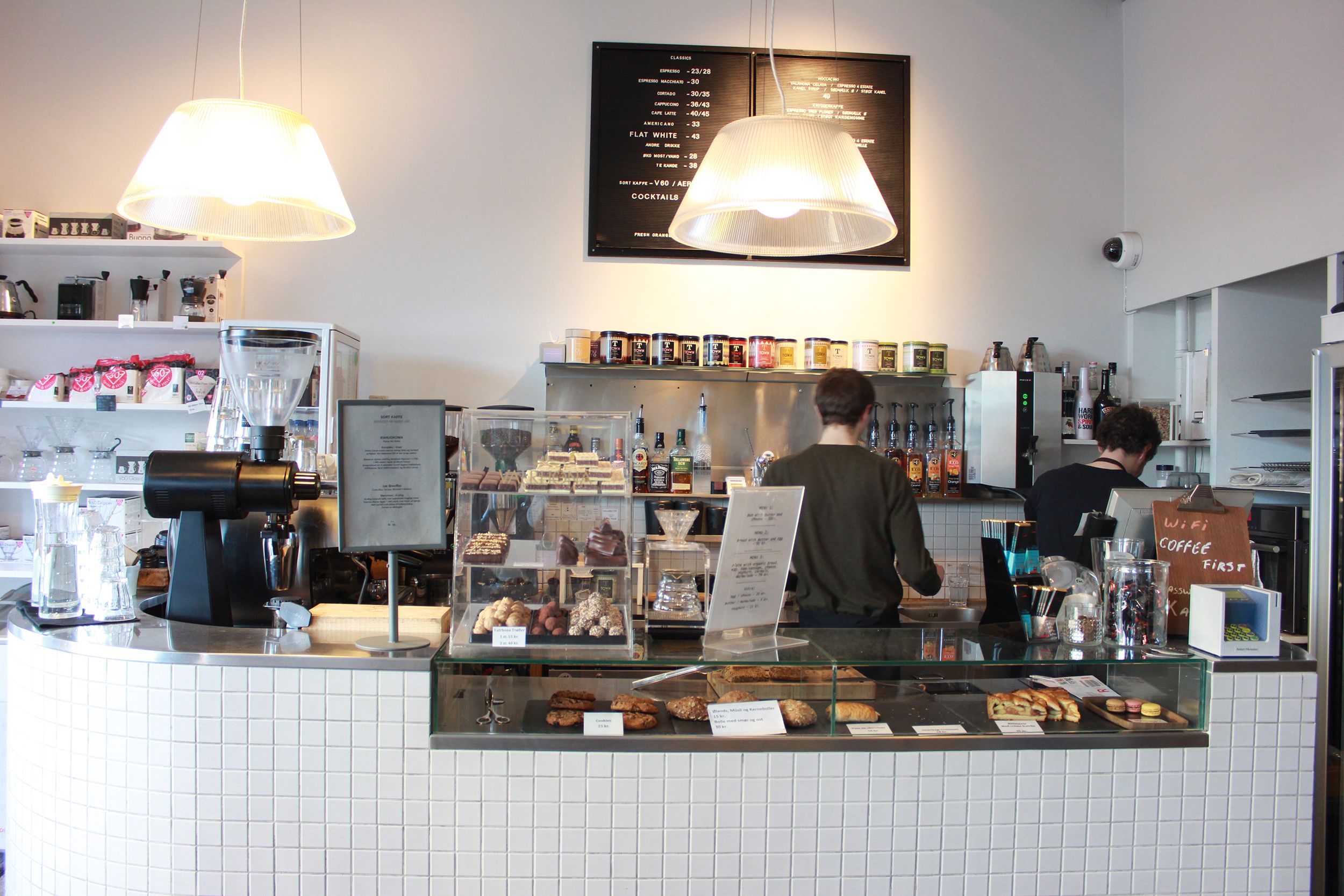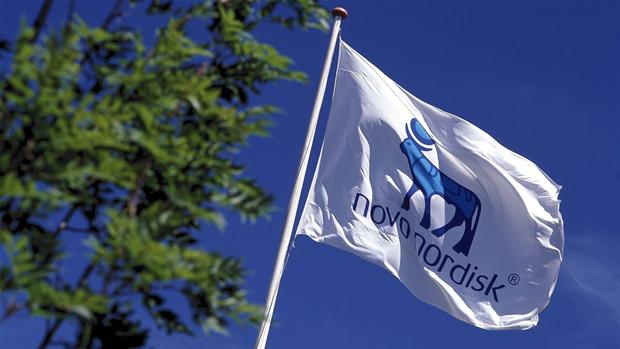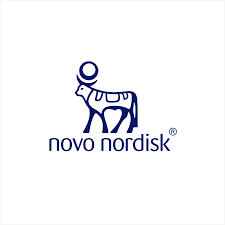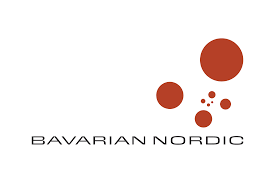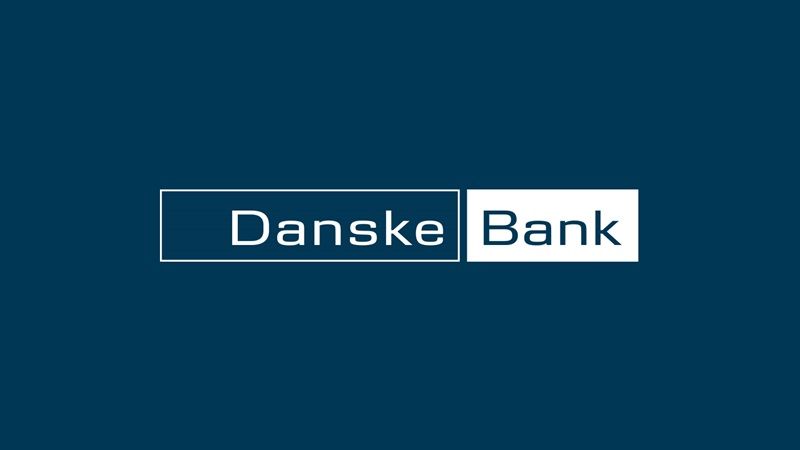Helen Dyrbye is a published author, translator and former scout leader from East Anglia in England who relocated to Denmark a long time ago and loves it here as much as "back home".
The half-term holiday (February 7-15) is right around the corner, so if you find that crucial pair of waterproof trousers is hanging out at school on the wrong peg, then you might be looking for an indoor activity. Or two. From 10:00-17:00 on each day of the hols, the National Gallery of Denmark has at least three especially child-friendly activities to keep you busy.
Dens, designing and dressing up
The gallery section will be packed full of hundreds of boxes ready for families with children to play at being architects for free. This mind-boggling experience is linked to a free exhibition for children about homes and exploring the concept of where you belong. For 45 kroner per person, youngsters are also welcome to roll up their sleeves and design their own clay, plaster and cardboard sculptures of houses at the Children’s Workshop, which is open from 10:30-16:30.
A hat-trick
Top off these two fun activities and the half-term holiday on 15 February with the National Gallery’s traditional Fastelavn festivities. Make your own Robin Hood hat or Superman mask from the materials provided on the main stage from 10:00-15:00. And don’t forget to join the ‘bash the barrel’ session starting at 12:00. Good luck! Hope you win some tasty treats.
Pimp your own crib – DIY
Yonks ago, in a different world, we had a new kitchen put in. Looking back it was a bit of a waste considering my cooking skills, but my older boys spent a blissful week of that summer holiday making a labyrinth of connected boxes and tunnels that filled an entire bedroom. We lost the cat for days.
But if a cool cardboard condo in the comfort of your own home sounds a bit overwhelming, you could make a robot costume ready for Fastelavn – or a car, bus or train for that matter – and cover it in pretty wrapping paper, felt pen or paint, depending on the number of children/neighbours you have, your personal tolerance levels and whether you have wood, tiles or carpets on your floors.
Going to the dogs
We made a crib for Watson (see how we did it and the finished kennel at helendyrbye.blogspot.com). It won’t last for ever. Ultimately, there comes a time when all cardboard creations lose their appeal and would be better off as egg boxes.
A trip to the tip can be an interesting adventure in the world of recycling and looking after the planet, but you will probably get told off if you try to fish anything out of a container. Just keep any children close and watch out for Sunday drivers who have forgotten they have a trailer attached or whose rear view is somewhat obscured by Grandma’s three-piece suite and half a tree.
In actual fact, you might be interested to hear that the tooth fairy has been known to carry stuff off overnight, moonlighting as more than a molar removal service and branching into biomass. Teeth are one thing, though. I’m not sure of the going rate for a box the size of a washing machine!




